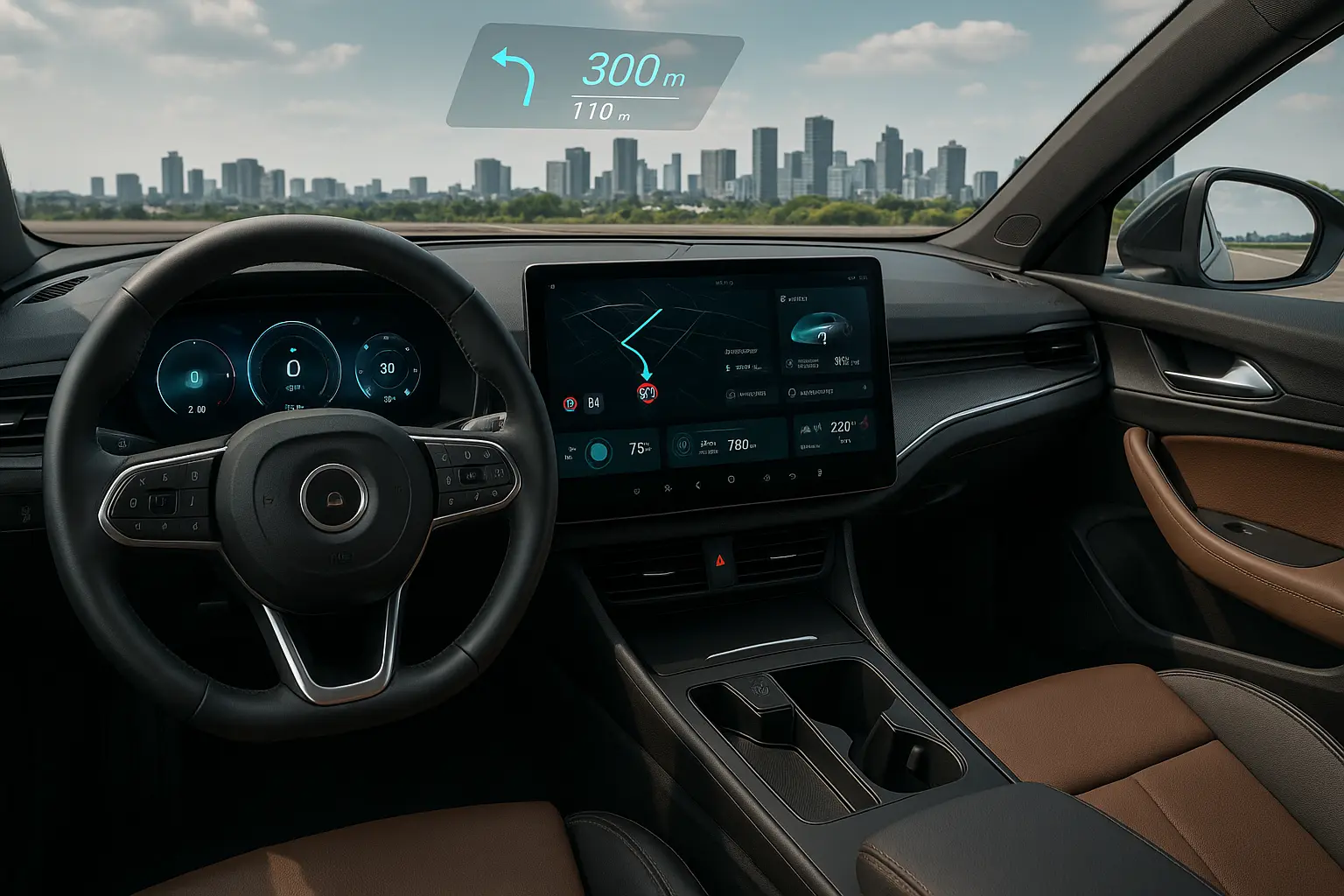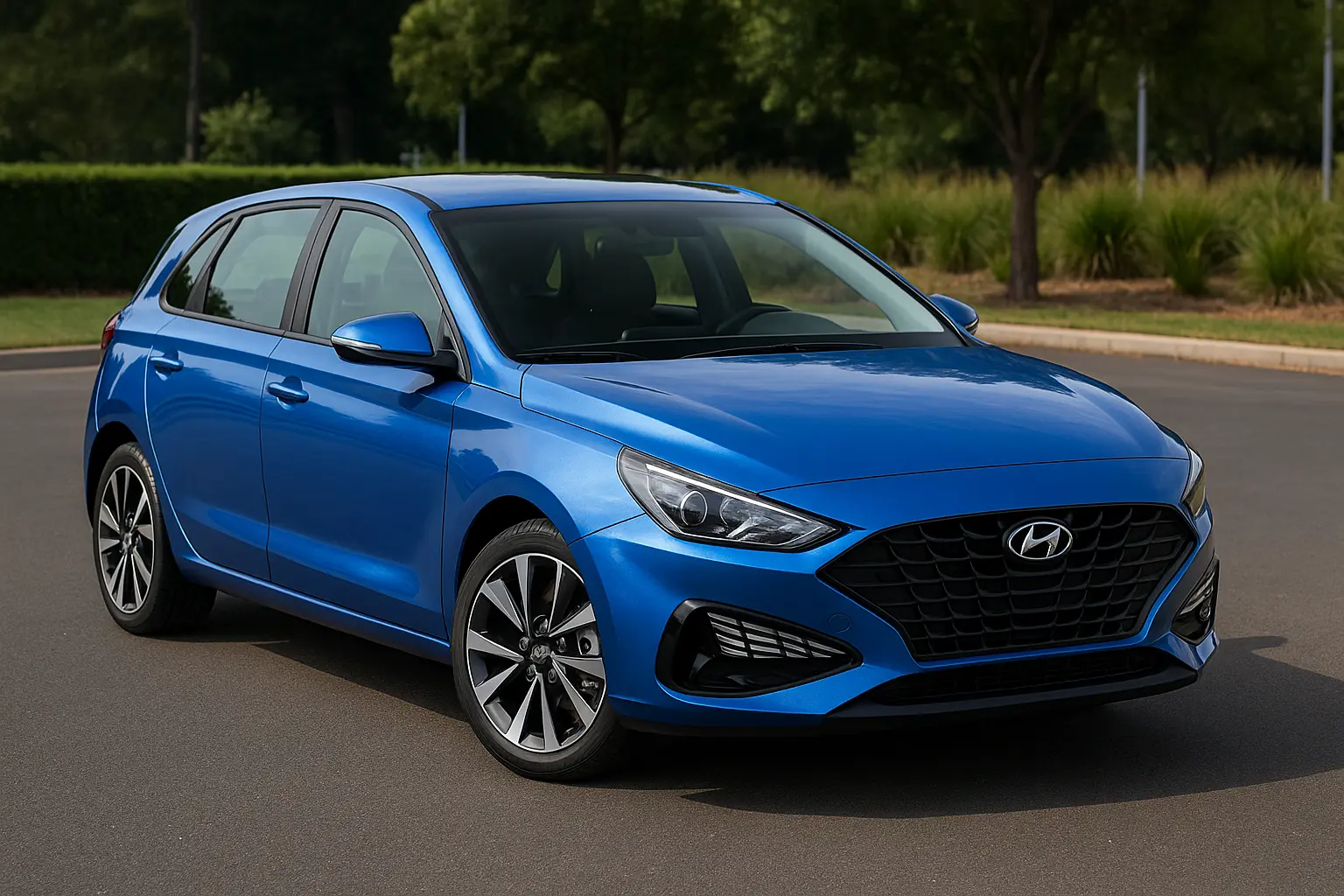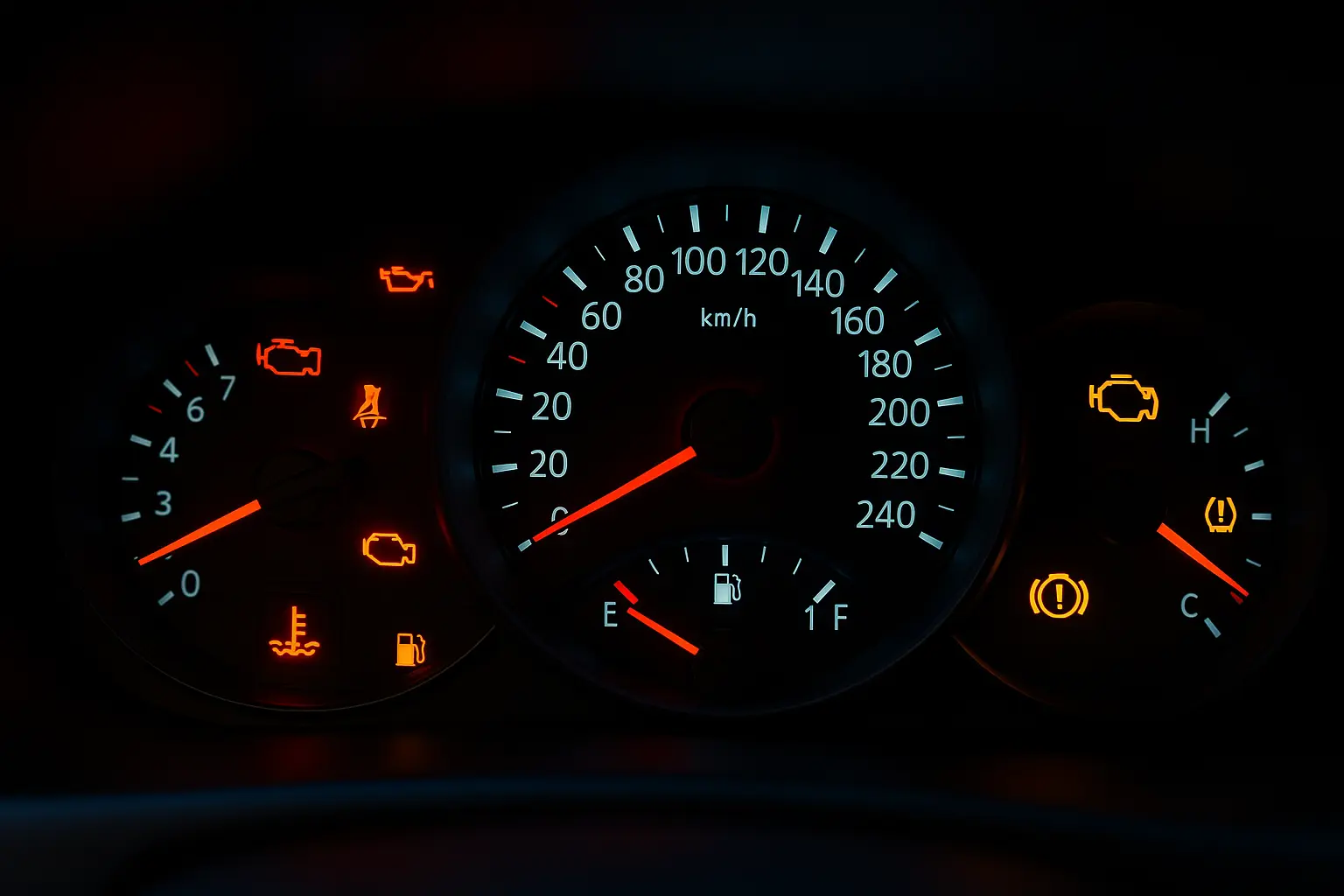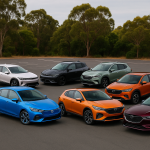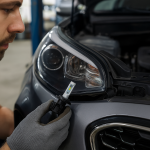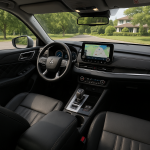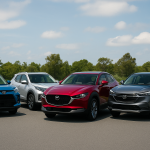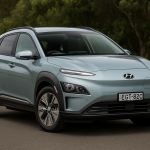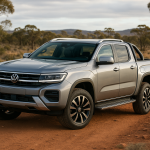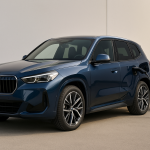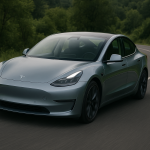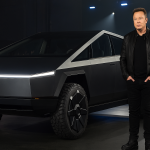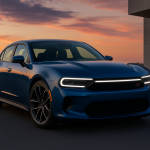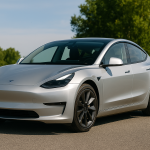Car technology in 2025 is moving faster than ever. What used to be futuristic—AI assistants, predictive safety, cars updating themselves overnight—has now become reality. In Australia, buyers are looking not just for performance or fuel efficiency but also for intelligent features that make driving safer, easier, and more connected. Whether you’re shopping for an EV, a family SUV, or a luxury sedan, the latest car tech will likely influence your decision more than horsepower figures.
In this article, we’ll break down the biggest automotive technology trends of 2025, covering infotainment, artificial intelligence (AI), electric vehicle integration, and life-saving safety innovations.
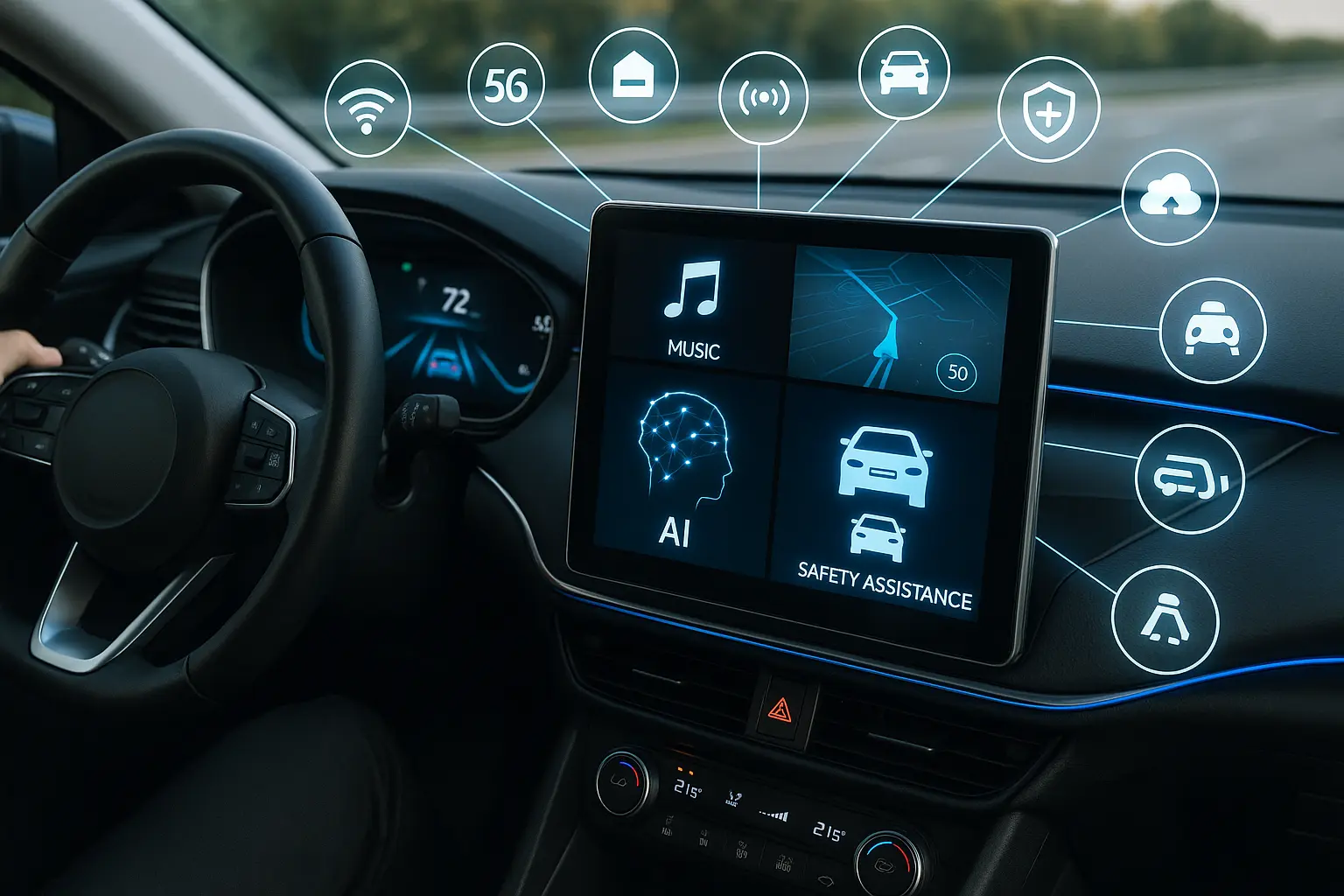
Infotainment Systems in 2025: Beyond Screens
Infotainment is no longer just about touchscreen size. The 2025 trend is integration and intelligence.
Seamless Connectivity
Modern systems are designed to blur the line between smartphone and dashboard. Wireless Apple CarPlay and Android Auto are now standard in most vehicles, but 2025 takes it further with:
- Cross-platform synchronisation – cars now sync profiles across multiple drivers automatically via the cloud.
- Expanded app ecosystems – streaming services, voice-controlled productivity tools, and integrated payment apps for fuel and tolls.
- Multi-display dashboards – passenger-side entertainment screens are common in premium SUVs and sedans.
Augmented Reality (AR) Displays
Traditional HUDs (Head-Up Displays) are evolving into AR overlays. Instead of just speed and navigation arrows, drivers now see dynamic lane guidance, hazard warnings, and live traffic information projected onto the windscreen. Brands like Mercedes-Benz and Hyundai are leading in this space in 2025.
Voice and Gesture Control
Touchscreens are now joined by gesture recognition and AI-powered natural language voice assistants. Instead of tapping through menus, drivers simply say, “Lower the temperature by two degrees” or gesture toward the screen to accept a call.
Artificial Intelligence in Cars: Smarter Than Ever
AI is the driving force behind the latest tech trends in 2025. No longer limited to predictive cruise control, it now influences nearly every aspect of the driving experience.
Personalised Driving Experience
AI learns your driving style and habits, adjusting suspension, throttle response, and even seating preferences based on your profile. A car can switch settings automatically when a different family member gets behind the wheel.
Predictive Maintenance
AI monitors vehicle health in real time. Instead of generic service reminders, it predicts exactly when components like brakes or tyres need replacement—reducing costs and preventing breakdowns.
AI Co-Pilots
Some brands offer AI copilots that give live feedback, such as reminding you to check blind spots or suggesting a charging stop before you run low on battery. In premium models, these copilots integrate with your calendar and navigation to recommend departure times.
Integration with Smart Homes
Cars are becoming part of the smart ecosystem. From inside the vehicle, drivers can control home devices—turning on lights, adjusting thermostats, or checking security cameras while on the road.
Safety Innovations: 2025 Raises the Bar
Australia has some of the strictest ANCAP safety standards, and 2025 pushes this even further.
Next-Level ADAS (Advanced Driver Assistance Systems)
New safety tech goes beyond lane-keeping and auto-braking:
- Intersection collision prevention – cars predict oncoming risks when crossing busy intersections.
- Driver monitoring systems – eye-tracking prevents drowsy or distracted driving.
- Adaptive airbags – adjust deployment strength based on passenger size and seating position.
Vehicle-to-Everything (V2X) Communication
Cars now “talk” to each other and infrastructure. In 2025, V2X tech is expanding in Australia, allowing vehicles to share road hazard warnings, traffic light signals, and even weather alerts. This creates a connected safety network, especially useful in urban centres and highways.
Emergency AI Decision-Making
Some advanced systems can take split-second decisions in emergencies. For example, when collision is unavoidable, AI decides on the least harmful trajectory to protect passengers.
Electric Vehicle (EV) Tech Integration
With EV adoption surging in Australia, 2025 brings new technology to enhance ownership.
Faster Charging
EVs are moving toward ultra-fast charging, with some models gaining 300km of range in under 15 minutes. AI route planning ensures drivers always have a charging solution en route.
Vehicle-to-Grid (V2G)
Cars are no longer just consumers of energy. EVs can now feed power back to the grid or your home, making them part of the renewable energy ecosystem. This trend is particularly strong in solar-friendly Australia.
Battery Health Monitoring
Predictive AI not only manages charging but also monitors long-term battery health, maximising resale value and reducing degradation.
Interior Tech: Comfort Meets Innovation
Cabins in 2025 are designed as digital living spaces.
- Adaptive ambient lighting that changes with driving mode or mood.
- Wellness features like air purification, massage seats, and even stress-monitoring via heart-rate sensors.
- Noise-cancelling cabins using AI to detect and cancel road noise.
Luxury models offer multi-sensory experiences, syncing lighting, music, and even scent diffusers to create a relaxing environment.
The Rise of Subscription-Based Car Tech
A controversial but growing trend in 2025 is software-based subscriptions. Many brands now lock advanced features—heated seats, premium navigation, autonomous modes—behind monthly fees. While this gives buyers flexibility, it raises questions about long-term affordability and ownership.
Australian buyers are especially cautious, but automakers argue it helps keep purchase prices lower.
Autonomous Driving: Reality in 2025?
Full self-driving is still under development, but 2025 sees major steps forward:
- Highway autonomy is now available in some premium cars, letting drivers relax while the vehicle handles long stretches.
- Urban autonomy trials are happening in select Australian cities, focusing on traffic light and pedestrian recognition.
- Regulatory frameworks are evolving, with government testing programs in NSW and Victoria leading the way.
Future Outlook: Where Car Tech is Headed
Looking beyond 2025, the next wave of innovations may include:
- Quantum computing integration for lightning-fast AI decisions.
- Holographic displays instead of physical screens.
- Biometric ignition using fingerprints or facial recognition instead of keys.
- Sustainable materials in interior tech to align with green policies.
Conclusion: Smarter, Safer, More Connected
Car tech trends in 2025 mark a turning point for the automotive industry in Australia. From AI-powered safety to next-gen infotainment and EV integration, technology is no longer optional—it’s the core of modern vehicles. Buyers in 2025 should look beyond horsepower or badge prestige and ask: How intelligent is this car?
At Carsoop, we’ll continue tracking the latest innovations, helping Australian drivers make informed decisions in a rapidly evolving market.
Leave a comment
Your email address will not be published. Required fields are marked *


